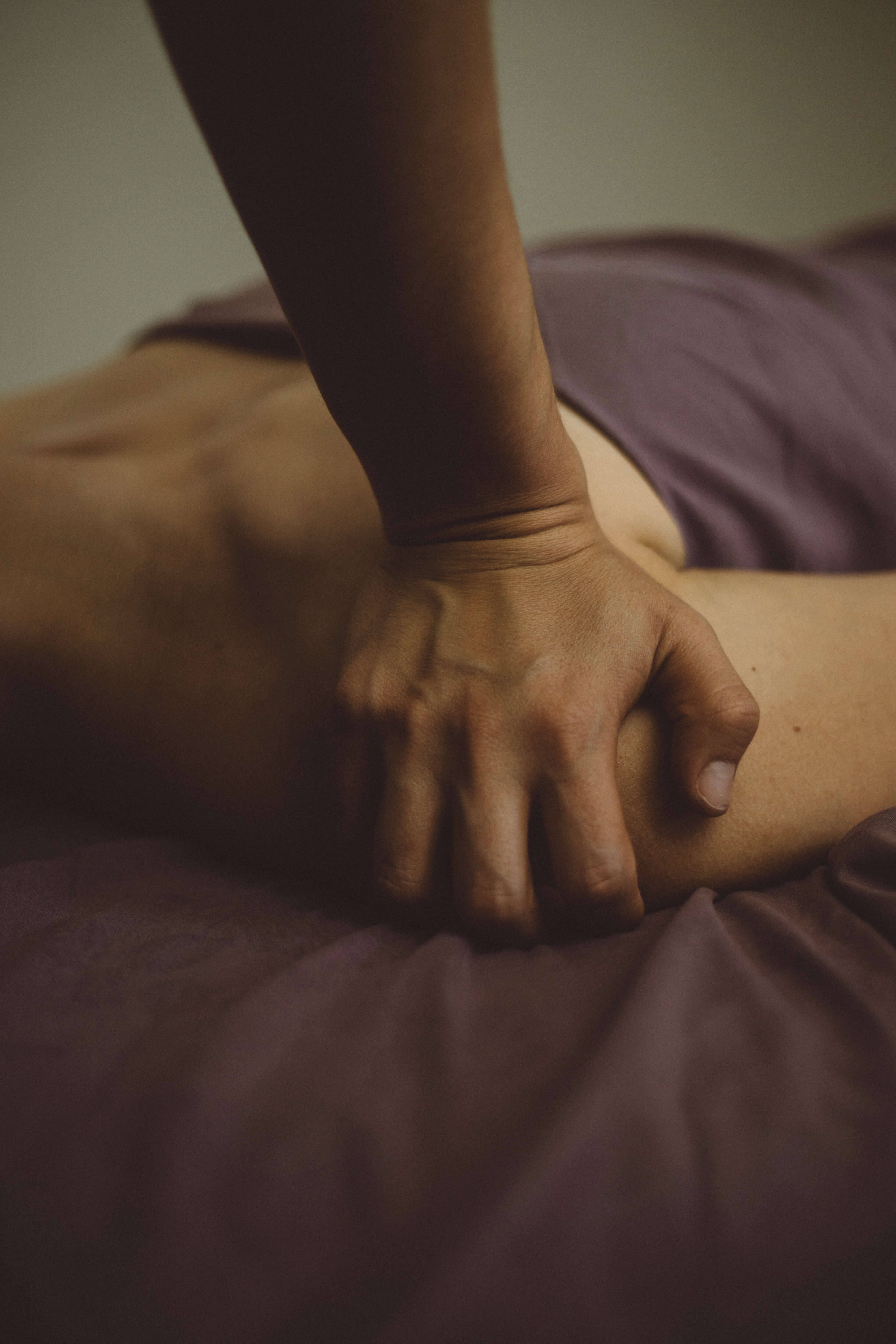What is tuina?
Tuina (pronounced “twee-nah”) is a form of therapeutic bodywork from Chinese medicine that uses manual techniques to directly affect the body’s systems. It is both vigorous and soothing, gentle and firm. Many people find tuina very relaxing and even fall asleep during treatments, while other people feel invigorated, limber and alert.
Tuina is unlike Swedish or western styles of massage. Because it is based on the same Chinese medical system as acupuncture, the goal of a session is similar to what you experience in an acupuncture treatment: to address specific health problems and disharmonies, to achieve direct and long-lasting therapeutic effects, to relieve symptoms, and address the root problems that cause the symptoms to be there in the first place. But instead of using needles, tuina utilizes a variety of bodywork techniques to achieve the same ends.
There are dozens of tuina techniques, and many overlap with western types of bodywork (like sports massage, deep-tissue neuromuscular bodywork, and myofacial release), however other techniques include acupressure, assisted stretching/traction and joint mobilizations, as well as diverse manipulations, specific to your needs and treatment. Tuina does not typically use oils, but the practitioner may apply therapeutic liniments, tinctures, oils or honey to local areas of discomfort or pain.
Tuina can be used in conjunction with, or instead of, acupuncture (and is especially helpful for people who are afraid of needles), and the practitioner may also incorporate other Chinese medicine modalities like cupping or gwasha.
Each tuina session is unique to your needs. After the intake, the practitioner will assemble the most appropriate strategy to specifically help you achieve your therapeutic goals.
Tuina is given with the patient clothed in loose, comfortable clothing like what you would wear to yoga or the gym.

